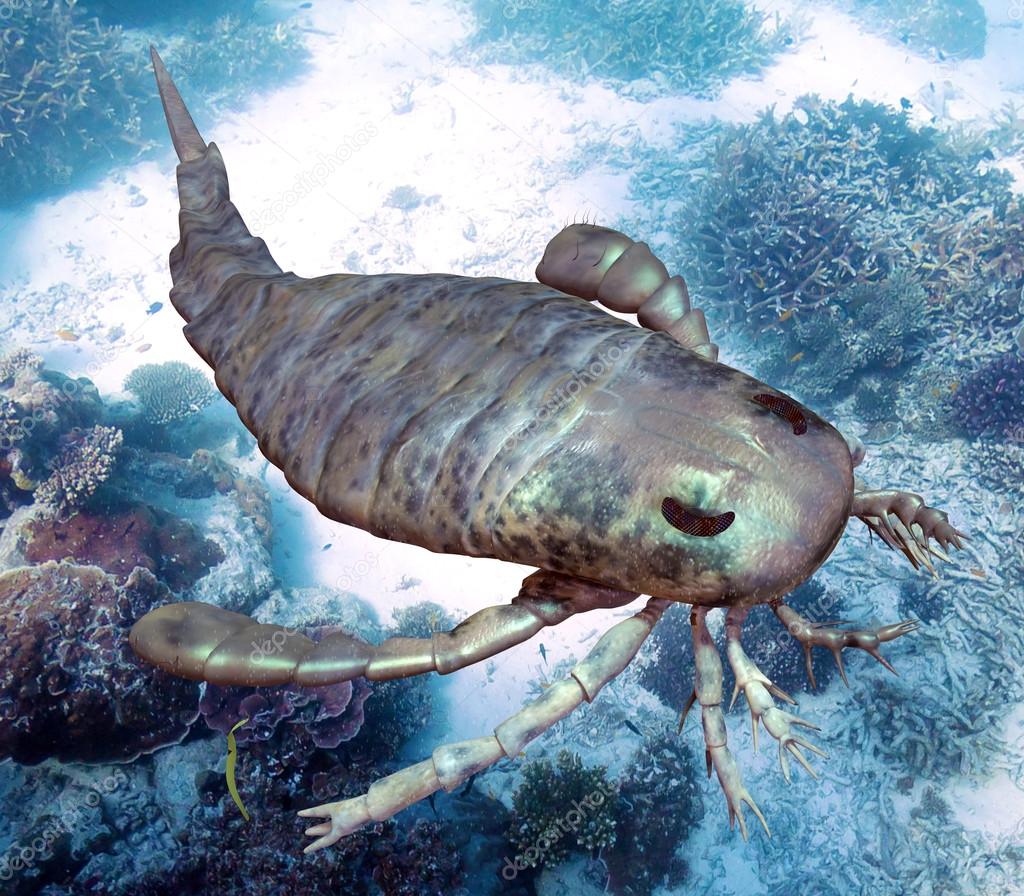Eurypterus Scanning Seafloor — Photo
L
2000 × 1750JPG6.67 × 5.83" • 300 dpiStandard License
XL
4000 × 3500JPG13.33 × 11.67" • 300 dpiStandard License
super
8000 × 7000JPG26.67 × 23.33" • 300 dpiStandard License
EL
4000 × 3500JPG13.33 × 11.67" • 300 dpiExtended License
An illustration of eurypterus exploring sea floor. Eurypterids are related to arachnids and include the largest known arthropods to have ever lived. They were formidable predators that thrived in warm shallow water 430 million years ago.
— Photo by auntspray- Authorauntspray

- 80091234
- Find Similar Images
- 4.6
Stock Image Keywords:
Same Series:

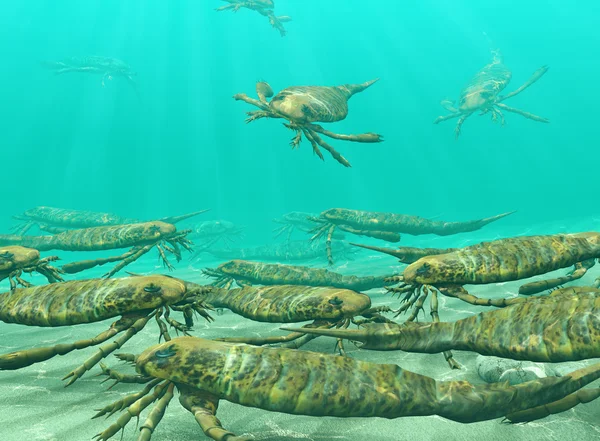
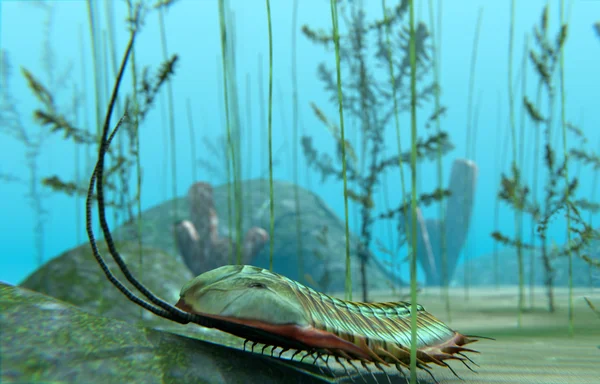
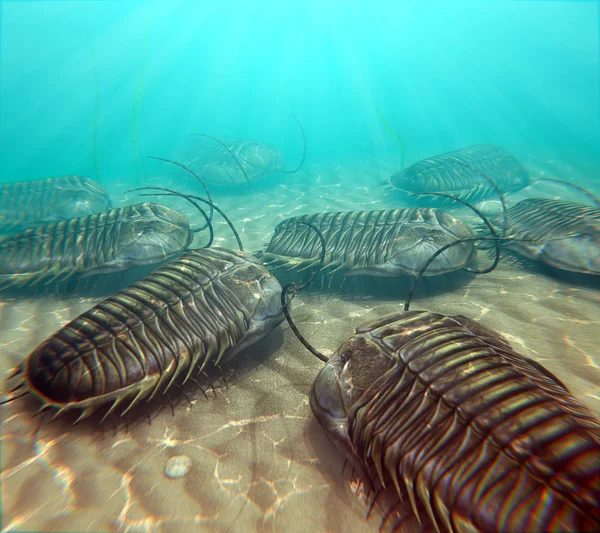
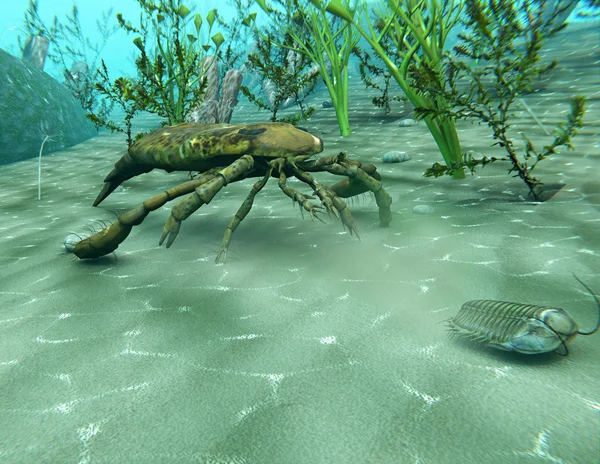
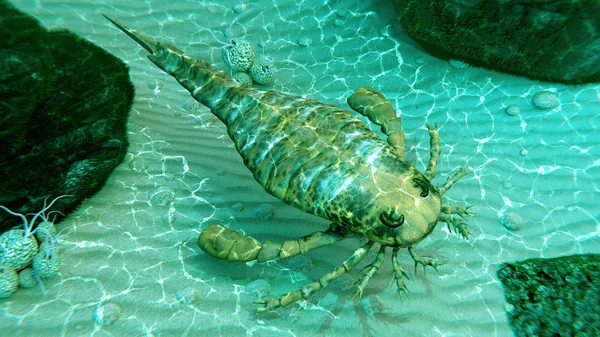


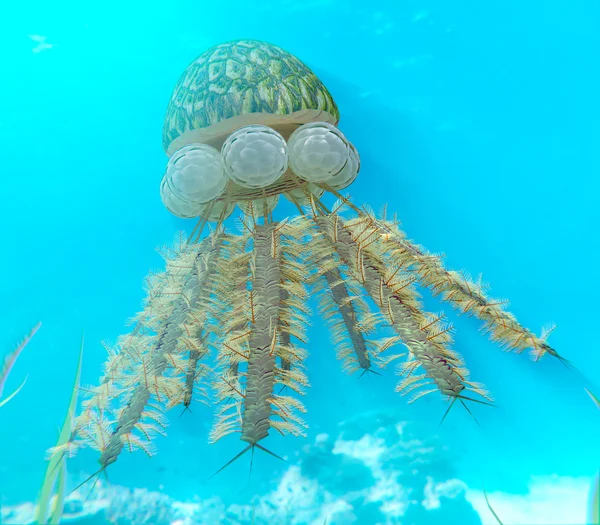
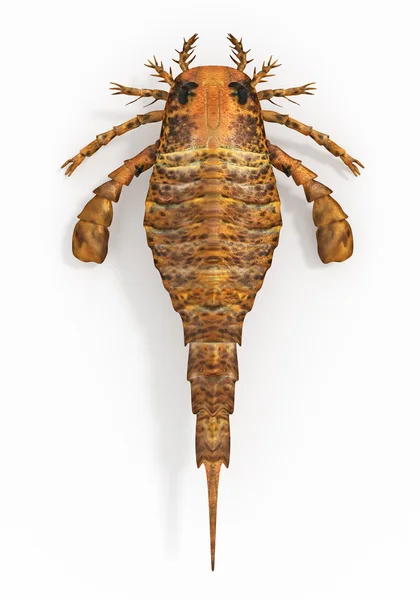
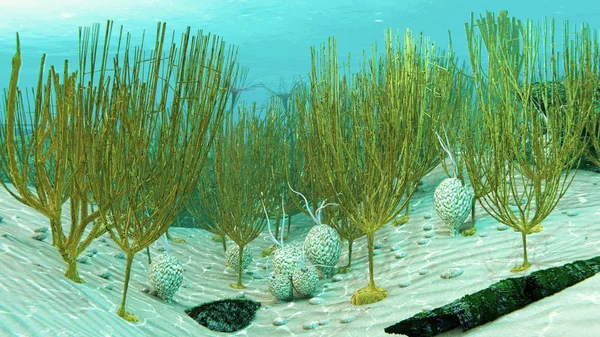
Similar Stock Videos:
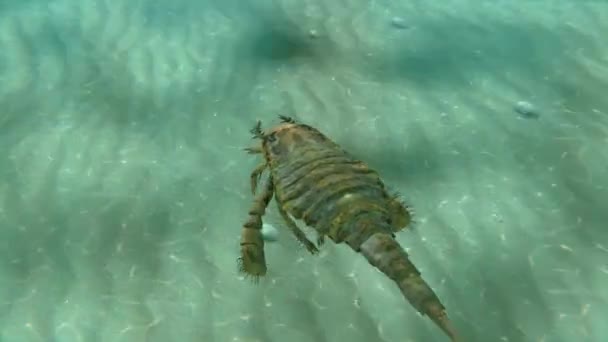
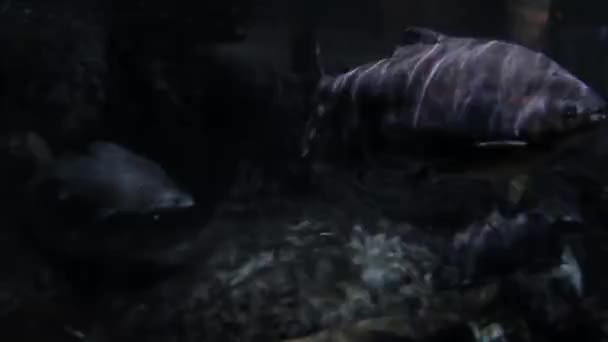
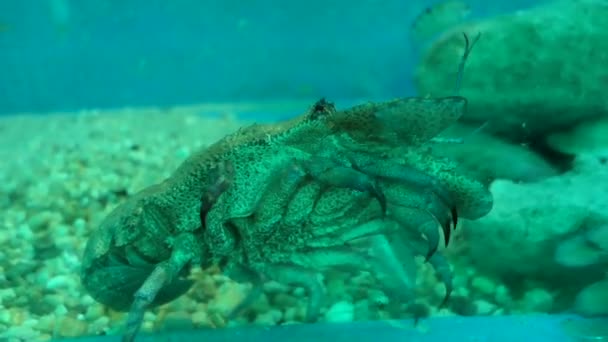




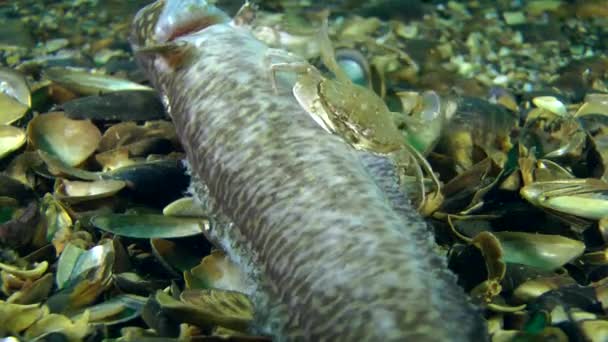
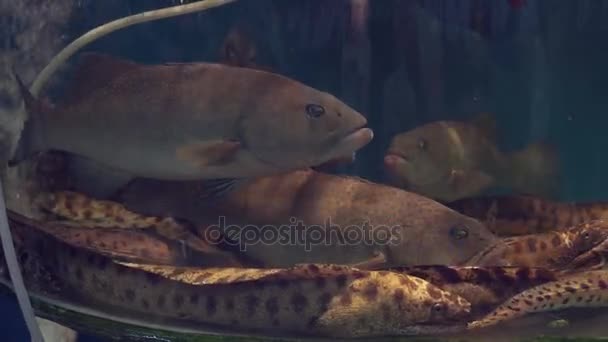

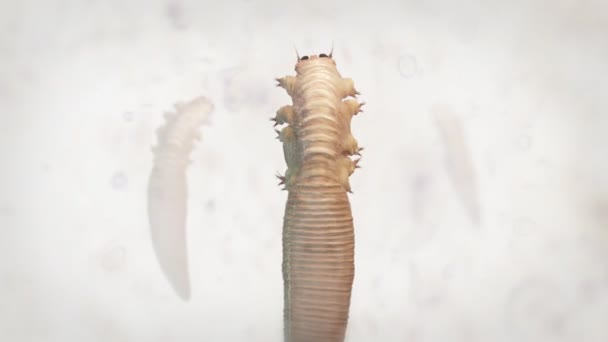

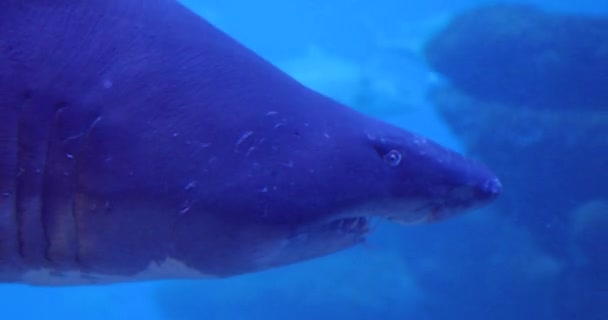


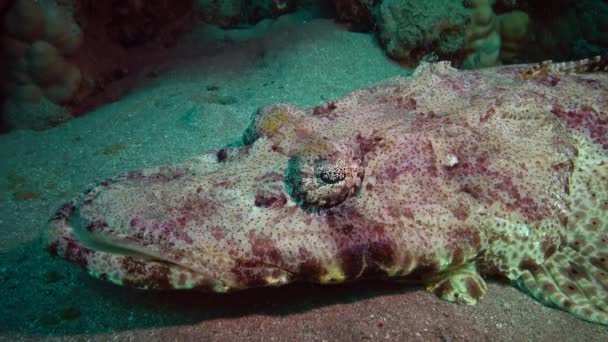


Usage Information
You can use this royalty-free photo "Eurypterus Scanning Seafloor" for personal and commercial purposes according to the Standard or Extended License. The Standard License covers most use cases, including advertising, UI designs, and product packaging, and allows up to 500,000 print copies. The Extended License permits all use cases under the Standard License with unlimited print rights and allows you to use the downloaded stock images for merchandise, product resale, or free distribution.
You can buy this stock photo and download it in high resolution up to 4000x3500. Upload Date: Aug 7, 2015
